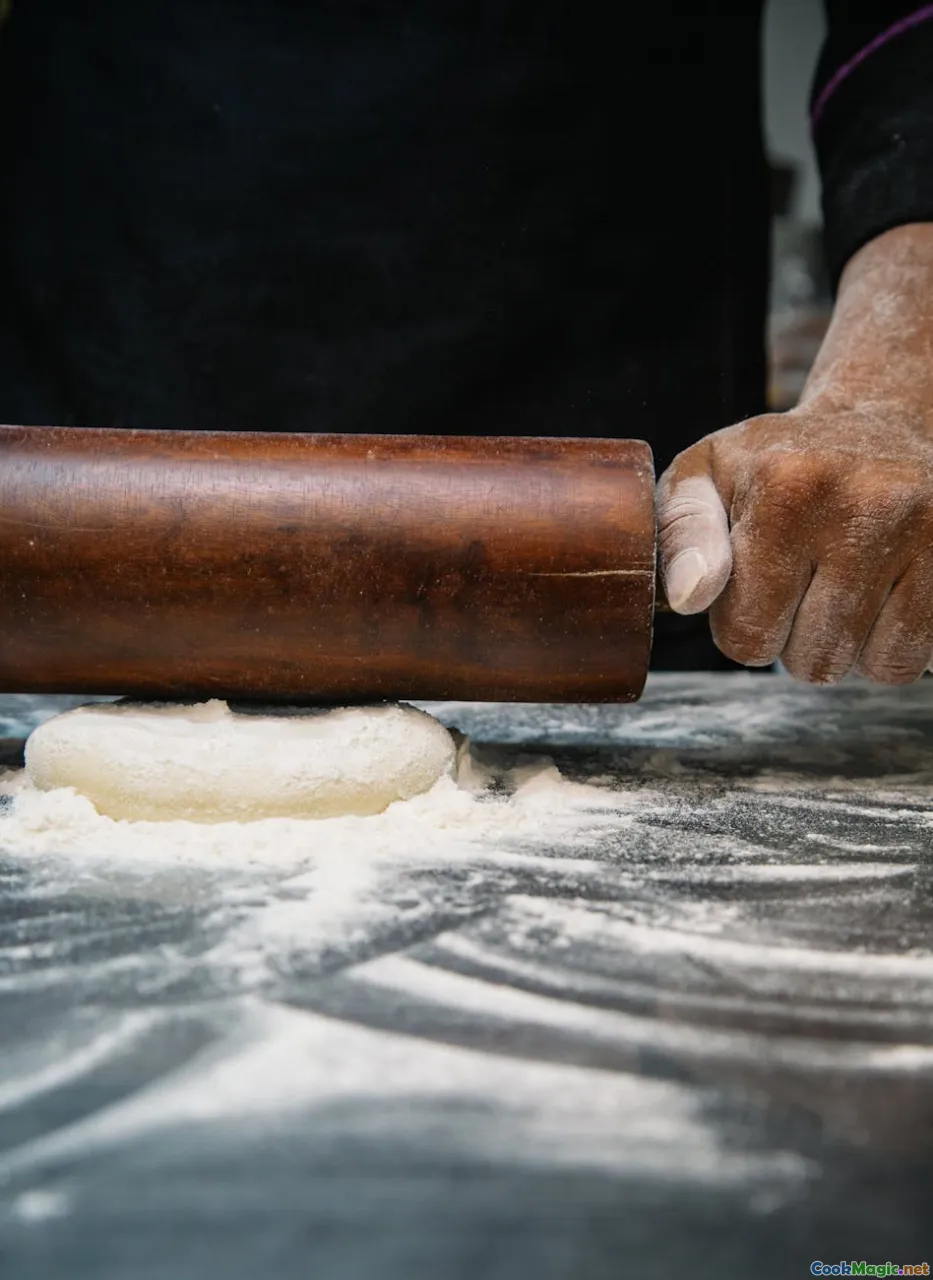Norwegian Flatbreads Lefse History and Preparation
8 min read Discover the rich history, cultural significance, and meticulous preparation of Lefse, Norway's beloved flatbread, in this immersive culinary journey. April 27, 2025 12:00
Norwegian Flatbreads Lefse: History and Preparation
Imagine a crisp, golden flatbread, its aroma mingling with the cool Scandinavian air, evoking centuries of tradition and community. This is Lefse — a humble yet profoundly cherished Norwegian flatbread whose roots run deep into the icy soils and warm hearths of Scandinavia. As a food writer with a passion for exploring culinary stories that connect us across time and culture, I invite you on a journey through the history, cultural significance, and meticulous craft of Lefse. Prepare to be transported to a land where food is more than sustenance — it’s a vessel of memory, identity, and celebration.
The Origins of Lefse: Tracing Roots through Time
Lefse's history stretches back hundreds of years, with origins that intertwine with Norway’s rural, agrarian lifestyle. The word "Lefse" itself is believed to derive from Old Norse, with some etymological roots hinting at the word "lefa," meaning "to leave behind" or "to serve." Historically, Lefse was a practical, resourceful way for Norwegian families to utilize surplus potatoes, milk, and butter, transforming simple ingredients into a comforting staple.
From Ancient Scandinavia to Modern Tables
Long before the potato became a household staple, early forms of Lefse were made from barley or oat flour, often cooked over open fires in the humble kitchens of Norse farmers. The introduction of the potato in Norway during the 18th century revolutionized Lefse making, making it more accessible and versatile. Potatoes added a tender, pliable quality to the dough, enabling bakers to craft thinner, more delicate flatbreads.
Cultural Significance and Festive Traditions
Lefse was not just everyday food; it became a symbol of celebration and community. During Christmas, Norwegians would gather to prepare large batches of Lefse, often involving multiple generations. The act of rolling, baking, and sharing Lefse was a social ritual that strengthened familial bonds. Today, Lefse continues to be a centerpiece during holidays, weddings, and special gatherings, embodying the warmth and resilience of Norwegian culture.
The Craft of Making Lefse: Ingredients, Technique, and Tips
Creating authentic Lefse is an art form that balances tradition with personal touch. While recipes vary by region and family, the core ingredients remain remarkably consistent.
Essential Ingredients
- Potatoes: Traditionally, Russet or Norwegian King Edward potatoes are preferred for their starchy, fluffy texture.
- Butter: Rich, creamy butter enhances flavor and tenderness.
- Milk or Cream: For moisture and a soft, pliable dough.
- Flour: Usually all-purpose, added sparingly to prevent the dough from becoming tough.
- Salt: Enhances overall flavor.
Preparation Steps
-
Cooking the Potatoes
Begin by boiling peeled potatoes in salted water until fork-tender. Drain thoroughly and mash until smooth. Some cooks prefer ricing or passing the potatoes through a sieve for an ultra-smooth texture.
-
Forming the Dough
Mix the mashed potatoes with softened butter, milk, and a pinch of salt. Gradually add flour until the dough is soft but not sticky. The consistency should be pliable enough to roll out thinly.
-
Rolling and Shaping
Divide the dough into small balls. On a floured surface, roll each ball into a thin circle, about 1/8 inch thick. Use a traditional Lefse rolling pin — long, smooth, and tapered — for best results.
-
Cooking
Heat a griddle or flat skillet over medium-high heat. Place the rolled dough onto the hot surface and cook until bubbles form and the underside develops golden spots, about 1-2 minutes per side.
-
Cooling and Serving
Transfer Lefse to a clean towel to cool slightly. For traditional serving, spread with butter, sprinkle with sugar or cinnamon, and fold or roll.
Tips for Perfect Lefse
- Keep the dough covered while working to prevent drying.
- Use a non-stick or well-seasoned griddle for even cooking.
- Be gentle when rolling to avoid tearing.
- Experiment with toppings like lingonberry jam or cheese for added flavor.
Personal Reflections and Cultural Insights
Having had the pleasure of making Lefse in a traditional Norwegian kitchen, I can attest to its meditative process. The dough’s smoothness, the warmth of the skillet, and the smell of butter and potatoes create an olfactory tapestry that instantly transports me to my Scandinavian relatives’ homes. The best Lefse isn’t just about ingredients or technique — it’s about the love and stories woven into each fold.
In Norway, Lefse remains a living tradition. During Christmas, families gather around kitchens, laughter filling the air as generations pass down their secret techniques and cherished recipes. It’s a culinary handshake across ages, a symbol of resilience and communal joy.
Variations and Modern Twists
While traditional Lefse is revered, contemporary cooks enjoy experimenting with flavors. Some add a touch of cardamom or vanilla to the dough for aroma, others incorporate whole grains or gluten-free flours to cater to modern dietary preferences. Sweet fillings like fruit preserves, whipped cream, or even savory options like smoked salmon and cream cheese are also popular.
Final Thoughts: Embracing a Norwegian Heritage
Lefse is more than a flatbread — it’s a portal into Norway’s soul. Each bite offers a taste of history, a whisper of winter nights by the fire, and the enduring spirit of a people who cherish their traditions. Whether you’re making Lefse for a holiday feast or simply want to connect with Scandinavian roots, embracing this craft is a heartfelt journey worth taking.
So roll out your dough, heat your skillet, and let the centuries-old story of Lefse unfold in your kitchen, one delicate, buttery fold at a time.









